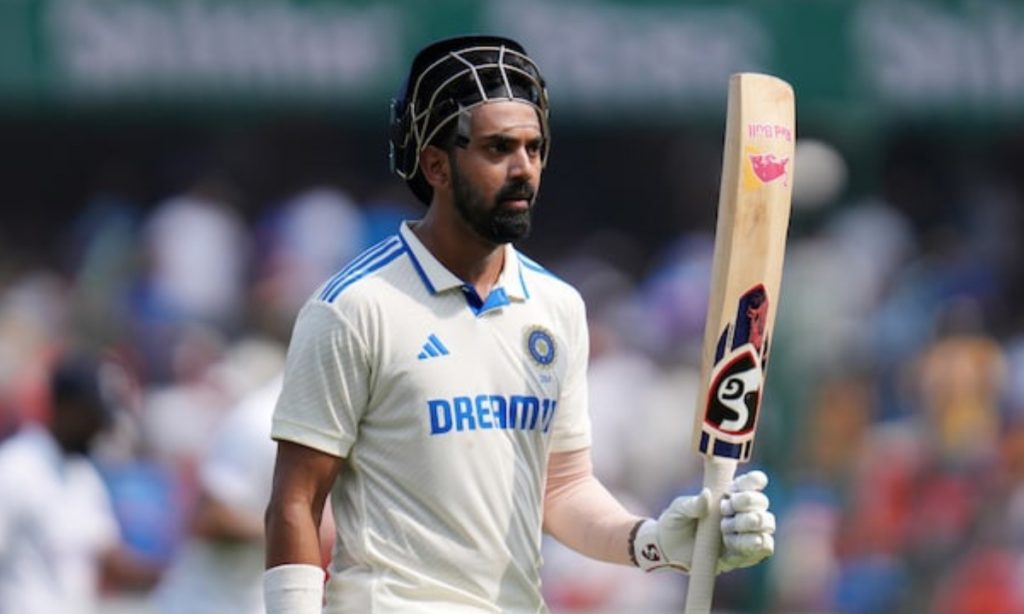In the recent cricketing saga between India and New Zealand, performance of KL Rahul, or lack thereof, has been a focal point of discussion among fans and analysts alike. Despite being a key player in the Indian lineup, Rahul’s scores of 0 in the first innings and a mere 12 in the second during the first Test against New Zealand have raised significant concerns about his form and place in the team.
1. Performance Under Pressure
One of the primary reasons for KL Rahul’s exclusion from the playing XI could be attributed to what some might call a ‘mental blockade’ under pressure. Cricket, often described as a game of mental fortitude as much as physical skill, requires players to perform consistently, especially when the stakes are high. Rahul, known for his elegant stroke play, has struggled to convert starts into substantial scores in crucial matches. This inconsistency, particularly evident in high-pressure situations like Test cricket, where the game’s pace and mental endurance are tested, has put his spot in jeopardy. The expectation for Rahul to anchor the innings, especially after opening the batting, has only amplified the pressure, leading to a cycle where poor performance breeds more pressure.
2. Tactical and Strategic Considerations
The second reason intertwines with the first but leans more towards team strategy and management decisions. Cricket teams today are not just about individual brilliance but also about strategic fit within the team’s overall game plan. With players like Shubman Gill, who missed the first Test due to injury but was expected to return, and the emergence of Sarfaraz Khan, who scored a commendable 150 in the same match, the competition for spots has never been fiercer. The Indian team management, under scrutiny for their selections, might have seen this as an opportunity to test the depth of their bench strength. Rahul’s role has been fluid, from opener to middle-order batsman, which could suggest a lack of strategic clarity or perhaps an over-reliance on his versatility, which might not be paying dividends.
Moreover, the decision to drop KL Rahul could also be influenced by the need for a fresh approach, especially after a loss. Cricket teams often look for a change in momentum, and sometimes, this involves making bold selection choices. The inclusion of players who might offer a different dynamic, either through aggression or through stability, could be seen as a tactical move to unsettle the opposition or to adapt to the conditions more effectively.
KL Rahul’s exclusion from the playing XI against New Zealand can be boiled down to his recent form and the strategic necessities of the team. While his talent is undeniable, cricket at the international level demands consistency and adaptability. The Indian cricket team’s decision, while tough, reflects a broader strategy of not just relying on past laurels but pushing for continuous improvement and competition within the squad. Whether this move will prove beneficial in the long run remains to be seen, but for now, it underscores the high stakes and the relentless competition within the Indian cricket team.

